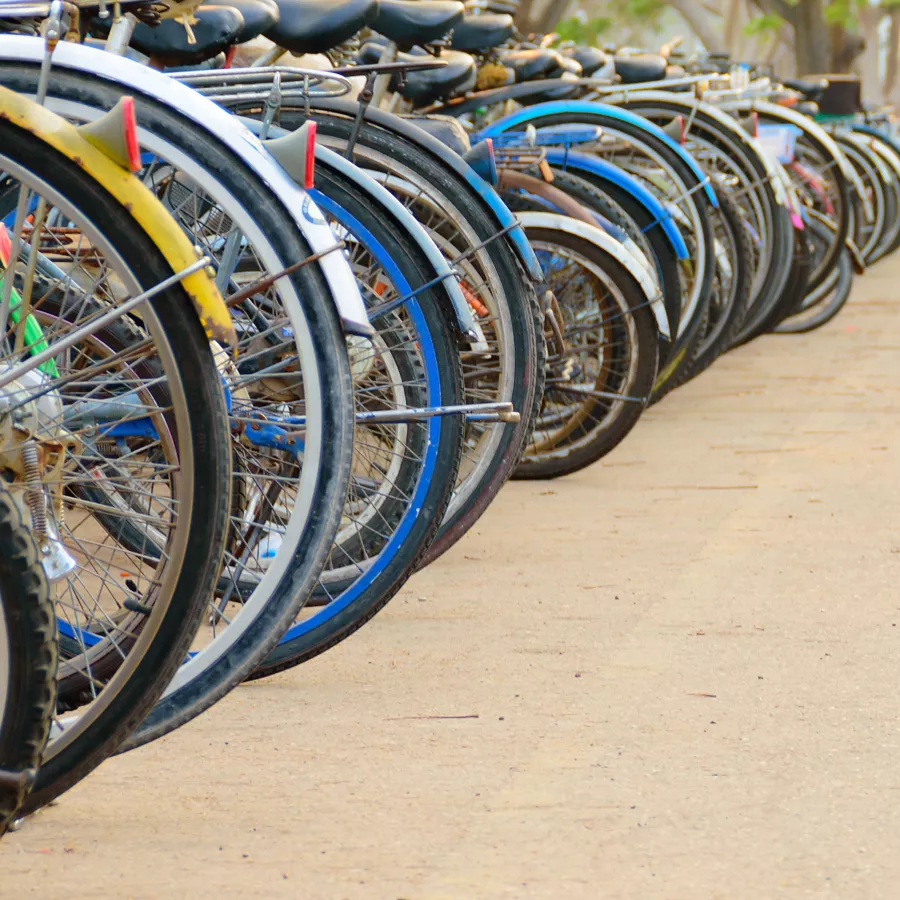Bike Safety
Bike Safety: The Facts
- Biking is great exercise, and it also helps children develop their strength, balance, and coordination. As children grow older, safe biking allows them independence to visit friends, parks, and playgrounds.
- Each year, nearly 150,000 children are seriously injured when biking. Over 100 more are killed, usually in a bicycle/vehicle crash. Parents can play a major role in keeping children safe while biking.
Make sure your child wears their helmet properly.
A human brain is as soft as room temperature butter! Helmets are a MUST, even for short trips. A properly-worn helmet can prevent a serious injury.
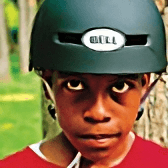
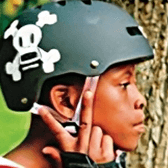
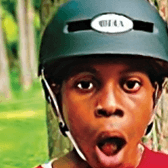
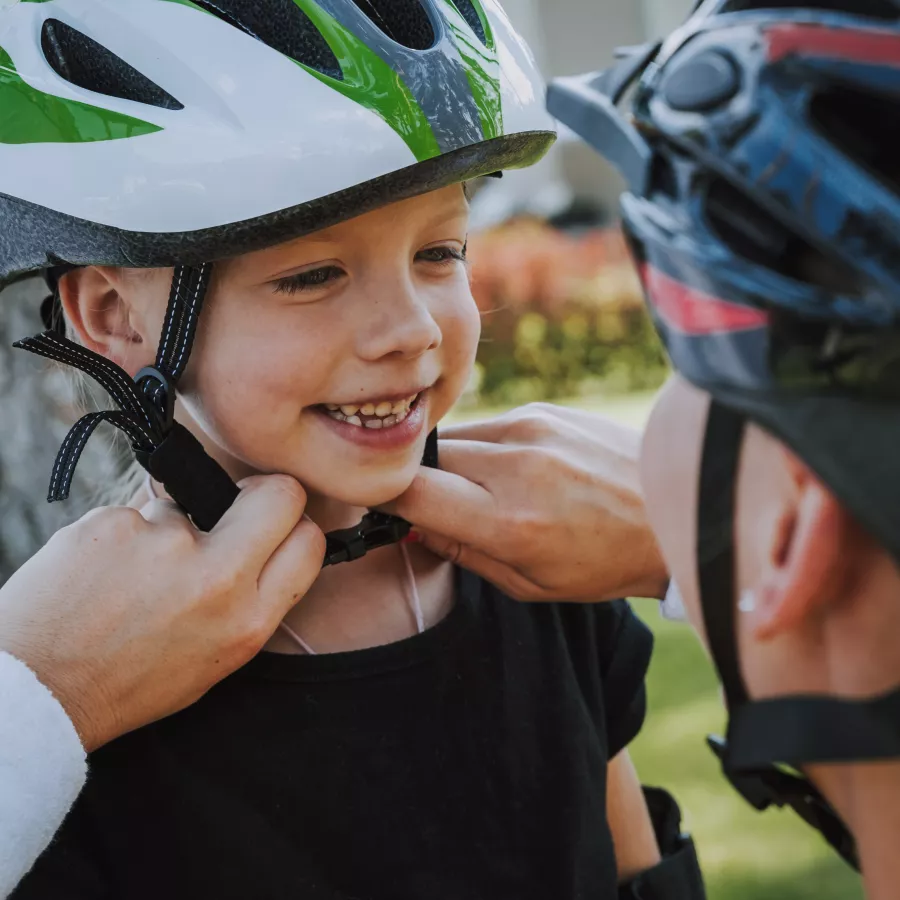
Teach your child to ride safely.
Be sure your child knows how to be safe on their bike before you send them out on their own. Teach them traffic rules. Ride with them and show them how to be safe.
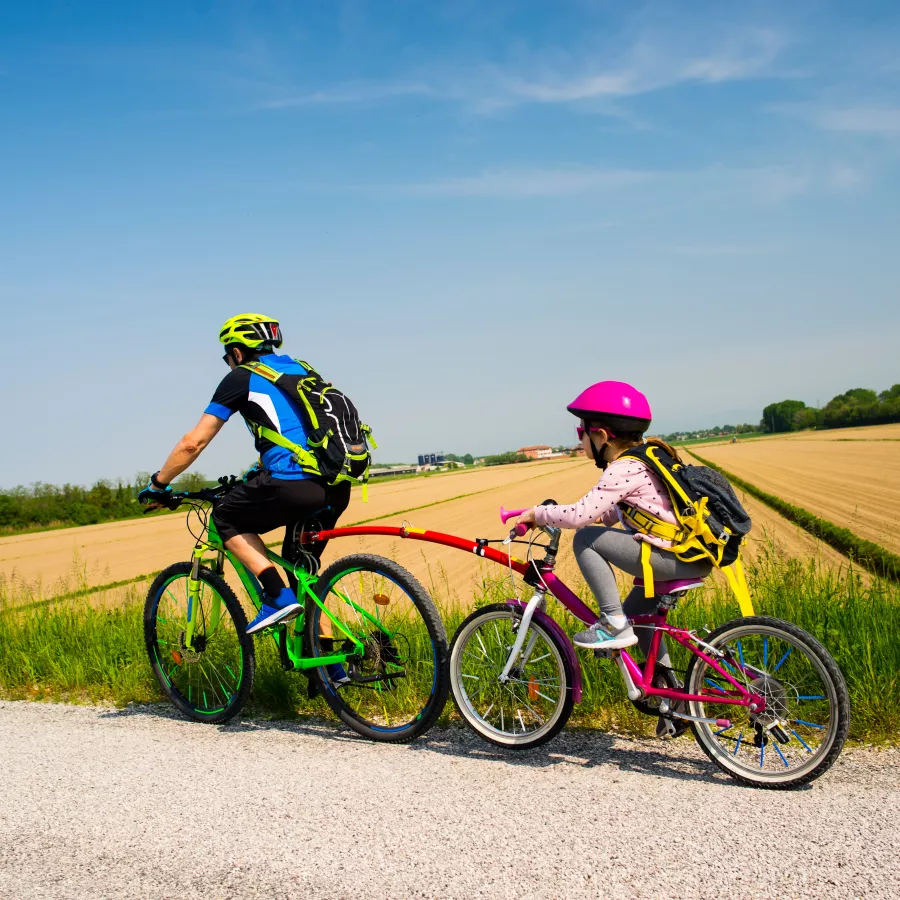
Supervise your child before they ride on their own.
Then supervise carefully until you are sure they can handle ALL road situations safely, on their own, even when they are excited to get to their destination. Children also need to know what to do if there is an emergency.
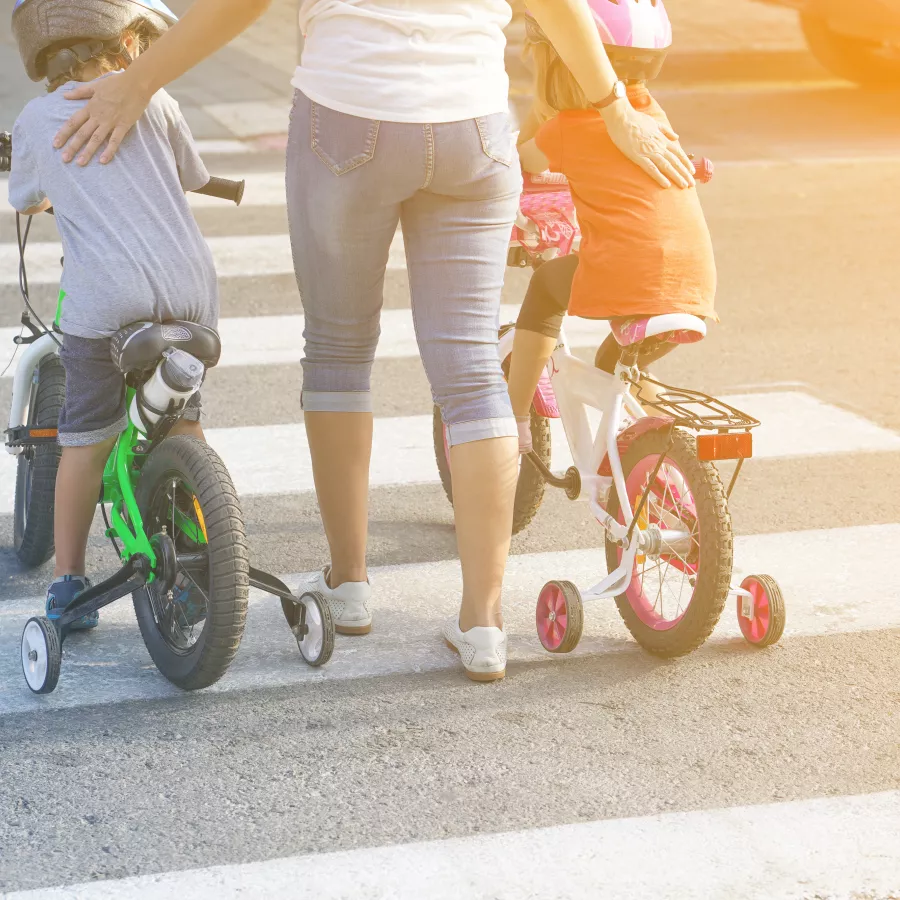
Test Yourself: Effective Supervision
Test Yourself: Adjusting your helmet
Resources
Washington Safe Routes to School Network
Need help planning a walk to school day? Teaching a lesson on safe walking? Connect with your local Washington Safe Route to School network
Click below for downloadable Bike Safety Tips and Bike Injury Fast Facts from Safe Kids Worldwide
